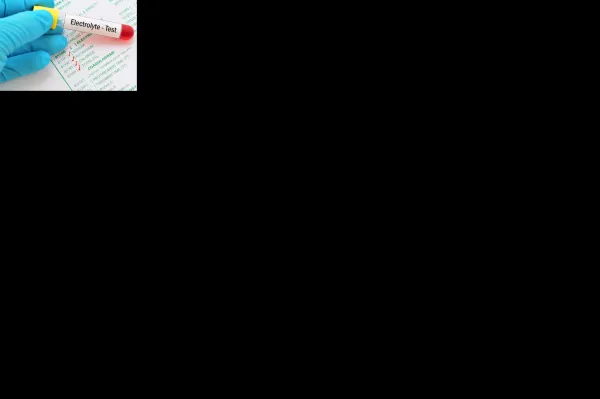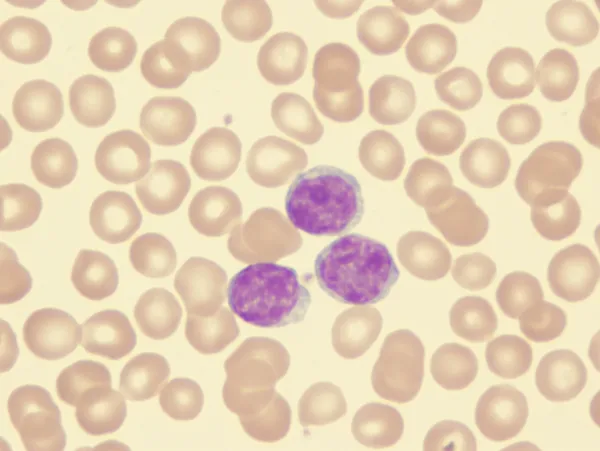Oncology & Hematology Coding Alert
Handle Multiple Substances, Concurrent Hydration Chemotherapy Claims Like a Pro
Here’s why you need to keep an eye on total infusion hours. Mastering multiple infusions can be difficult because a patient often undergoes two or more chemotherapeutic substances in sequence. Add to that a concurrent hydration infusion, then you have a recipe for a headache. Here is how you can conquer the challenges for multiple infusions. Report 96413 for First Hour of Infusion When reporting an infusion of any chemotherapy substance, report the initial one hour of infusion with 96413 (Chemotherapy administration, intravenous infusion technique; up to 1 hour, single or initial substance/drug). Use only once per patient: You’ll use code 96413 only once per patient encounter unless the two chemotherapeutic substances were provided during two different sessions of administration on the same day or through a separate IV site. Look for Add-On Codes for Additional Hours of Infusion If the administration of the same substance was continued beyond the first hour of administration, you’ll report this using the add-on code +96415 (Chemotherapy administration, intravenous infusion technique; each additional hour [List separately in addition to code for primary procedure]). You will report one unit of +96415 for every additional hour of administration. You can report multiple units of +96415: Look for how much time beyond the first hour the infusion continued. As per CPT® time rules, you report +96415 “for infusion intervals of greater than 30 minutes beyond 1-hour increments.” For example, if the time spent in the infusion beyond the first hour of administration is one hour and 31 minutes, you report two units of +96415. “Nothing less than 31 minutes would qualify for reporting the additional hour code,” says Kelly Loya, CPC-I, CHC, CPhT, CRMA, Associate Partner at Pinnacle Enterprise Risk Consulting Services LLC located in Charlotte, North Carolina. Do Not Count Time When Drug Was Stopped You may come across circumstances when the physician begins the infusion of chemotherapy, which continues for two hours, and then the physician stops it for a few minutes before beginning it again for an additional hour. In this case, report code 96413 for the first hour and two units of +96415 for the second and third hour. You should count only the time the infusion of the same drug was being administered or “running”-- the time during which the drug is stopped cannot be counted into the total infusion time. Remember: You can bill only one “initial” code per encounter. So, you don’t report 96413 for the second start-up. You simply report +96415 again for additional infusion time. Be Specific for Infusion of Second Substance Your physician may be performing infusion of two anti-neoplastic substances for a patient. For the second substance, you report the first hour of administration for the second drug with the add-on code +96417 (Chemotherapy administration, intravenous infusion technique; each additional sequential infusion [different substance/drug], up to 1 hour [List separately in addition to code for primary procedure]). For the administration of the second substance beyond the first hour of administration, you’ll again report +96415 for the additional hours. Example: If your clinician administered the second substance for two hours, you’ll report +96417 for the first hour and +96415 for the additional hour of administration. Check for Any Concurrent Hydration You’ll commonly see hydration documented with an infusion of the chemotherapeutic substance. If your clinician also ordered hydration and provided it at the same time the infusion in the example was “running” above, you cannot report it separately. You should not report hydration when running concurrently with drug infusions. Important: Hydration must be ordered and medically necessary (such as, for volume depletion) and must run independently for at least 31 minutes in order to bill for the administration time. If the criteria are met, in the example above, you will report the hydration with the add-on code +96361 (Intravenous infusion, hydration; each additional hour [List separately in addition to code for primary procedure]) for every hour of hydration administered. Note: Remember, infusing solutions to maintain the IV line is considered incidental hydration and is not separately reported. And, only one initial code is reported per encounter or single IV line, therefore 96360 would not be reported for the first hour of hydration time in this combination. Don’t Forget the J Codes You will have to report the supply of the substances used for the infusion separately using the appropriate HCPCS J code. Note: You should bill these J codes in terms of number of units used for the infusion and not one unit for the entire vial. For example, if a 100-mg vial of Remicade was used, you report J1745 (Injection, infliximab, excludes biosimilar, 10 mg) for every ten milligrams used. Therefore, you report ten units (J1745x10) if, 100mg of Remicade was infused.
Related Articles
Oncology & Hematology Coding Alert
- Coding Strategy:
Here's How to Take the Initiative Perfecting Your Malignant Melanoma Claims
Untangle your ICD-10 coding options by specifying location and laterality. Are you puzzled when it [...] - Chemotherapy:
Handle Multiple Substances, Concurrent Hydration Chemotherapy Claims Like a Pro
Here’s why you need to keep an eye on total infusion hours. Mastering multiple infusions [...] - E/M Coding:
Shore Up Your Claims by Using CBR Insight
Tip: Turnaround E/M blunders with benchmarking numbers. If you feel like Medicare claims reviewers are [...] - You Be the Coder:
Follow-up Care is Key to Xofigo Coding
Question: In a patient with advanced resistant prostate cancer, our oncologist administered radium Ra 223 [...] - Reader Question:
Too Many Modifiers? Check Modifier 99
Question: We have a small practice in a designated health professional shortage area (HPSA). Because [...]




